Some diagrams to illustrating Newton’s universal law of gravitation between masses, and the gravitational force field of Earth.
For more related figures, please see the “forces” or “Newton’s laws” tag.
Forces of gravitational attraction:

Dropping a mass in a gravitational field:
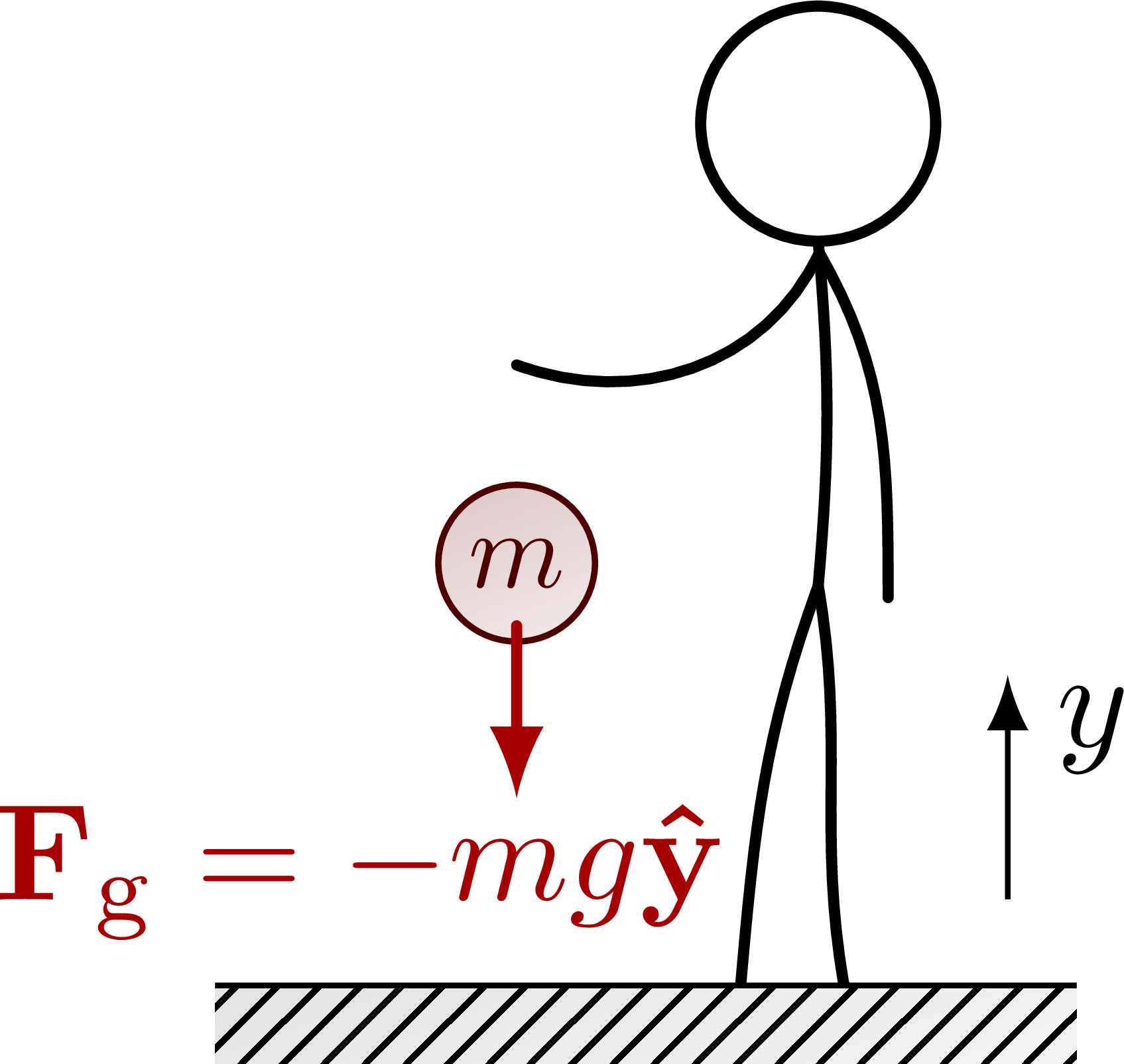
The gravitational field of a mass (also see normal forces):
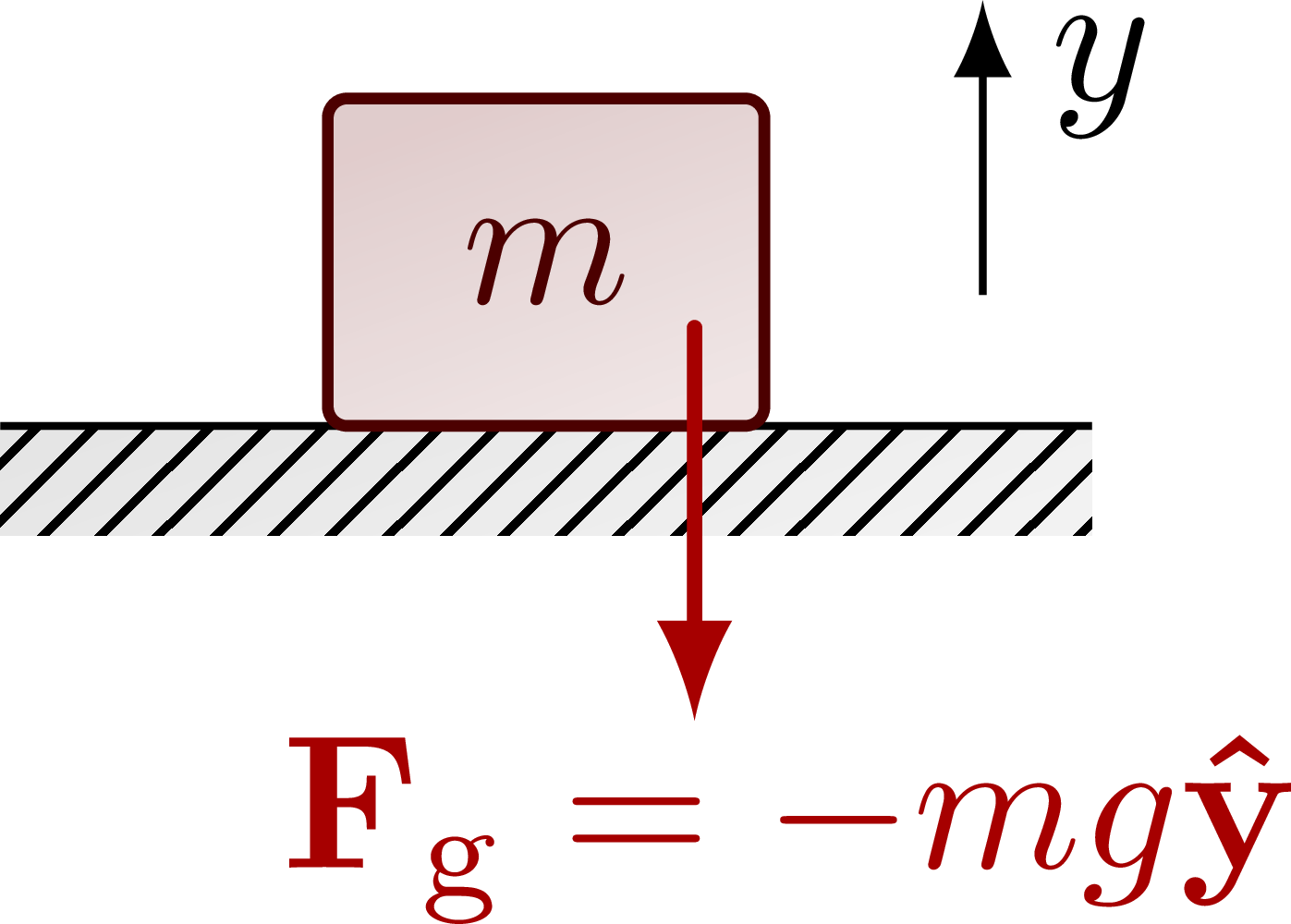
The gravitational field of the Earth:

The gravitational field close to the Earth’s surface:
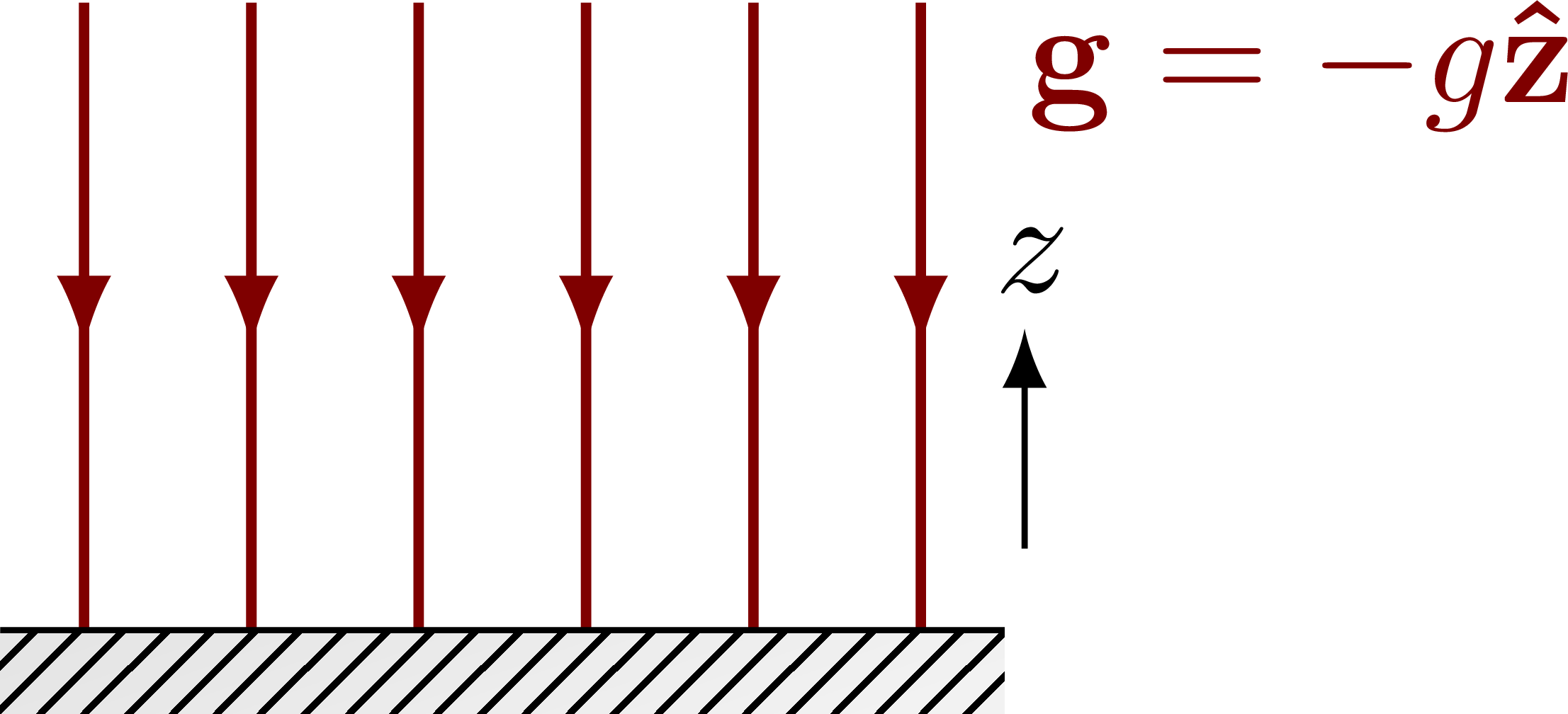
Edit and compile if you like:
% Author: Izaak Neutelings (Februari 2022)\documentclass[border=3pt,tikz]{standalone}\usepackage{physics}\usepackage{tikz}\usetikzlibrary{calc}\usetikzlibrary{patterns}\usetikzlibrary{arrows.meta} % for arrow size\usetikzlibrary{decorations.markings}\tikzset{>=latex} % for LaTeX arrow head\colorlet{myred}{red!65!black}\colorlet{mygreen}{green!60!black}\colorlet{mydarkred}{red!50!black}\colorlet{mydarkblue}{blue!40!black}\tikzstyle{measure}=[{Latex[length=4,width=3]}-{Latex[length=4,width=3]},line width=0.4,mydarkblue]\tikzstyle{ground}=[preaction={fill,top color=black!10,bottom color=black!5,shading angle=20},fill,pattern=north east lines,draw=none,minimum width=0.3,minimum height=0.6]\tikzstyle{mass}=[line width=0.6,red!30!black,fill=red!40!black!10,rounded corners=1,top color=red!40!black!20,bottom color=red!40!black!10,shading angle=20]\tikzstyle{rope}=[brown!70!black,line width=1.2,line cap=round] %very thick\tikzstyle{force}=[->,myred,thick,line cap=round]\tikzstyle{unit}=[->,mygreen,thick,line cap=round]\tikzset{fieldlines/.style={mydarkred,decoration={markings,mark=at position #1 with {\arrow{latex}}},postaction={decorate},line width=0.7},fieldlines/.default=0.55}\newcommand{\vbF}{\vb{F}}\begin{document}% GRAVITATIONAL ATTRACTION\begin{tikzpicture}\def\d{4.1} % distance r\def\r{0.3} % small radius ball\def\R{0.38} % large radius ball\def\F{0.95} % force magnitude\def\u{0.4} % unit vector magnitude\def\ang{5} % angle lin\coordinate (M1) at (0,0);\coordinate (M2) at (\ang:\d);
Click to download: dynamics_gravity.tex • dynamics_gravity.pdf
Open in Overleaf: dynamics_gravity.tex


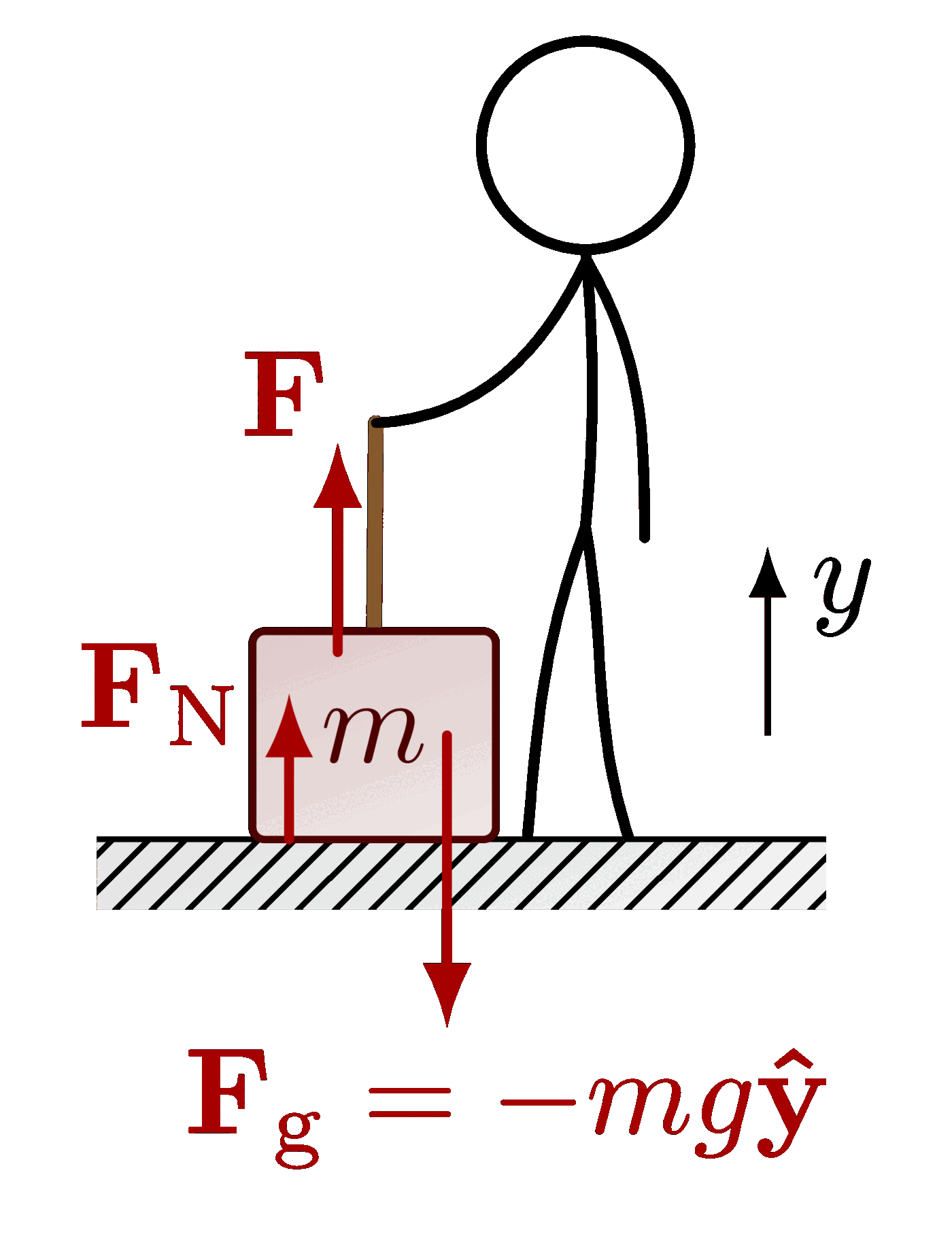

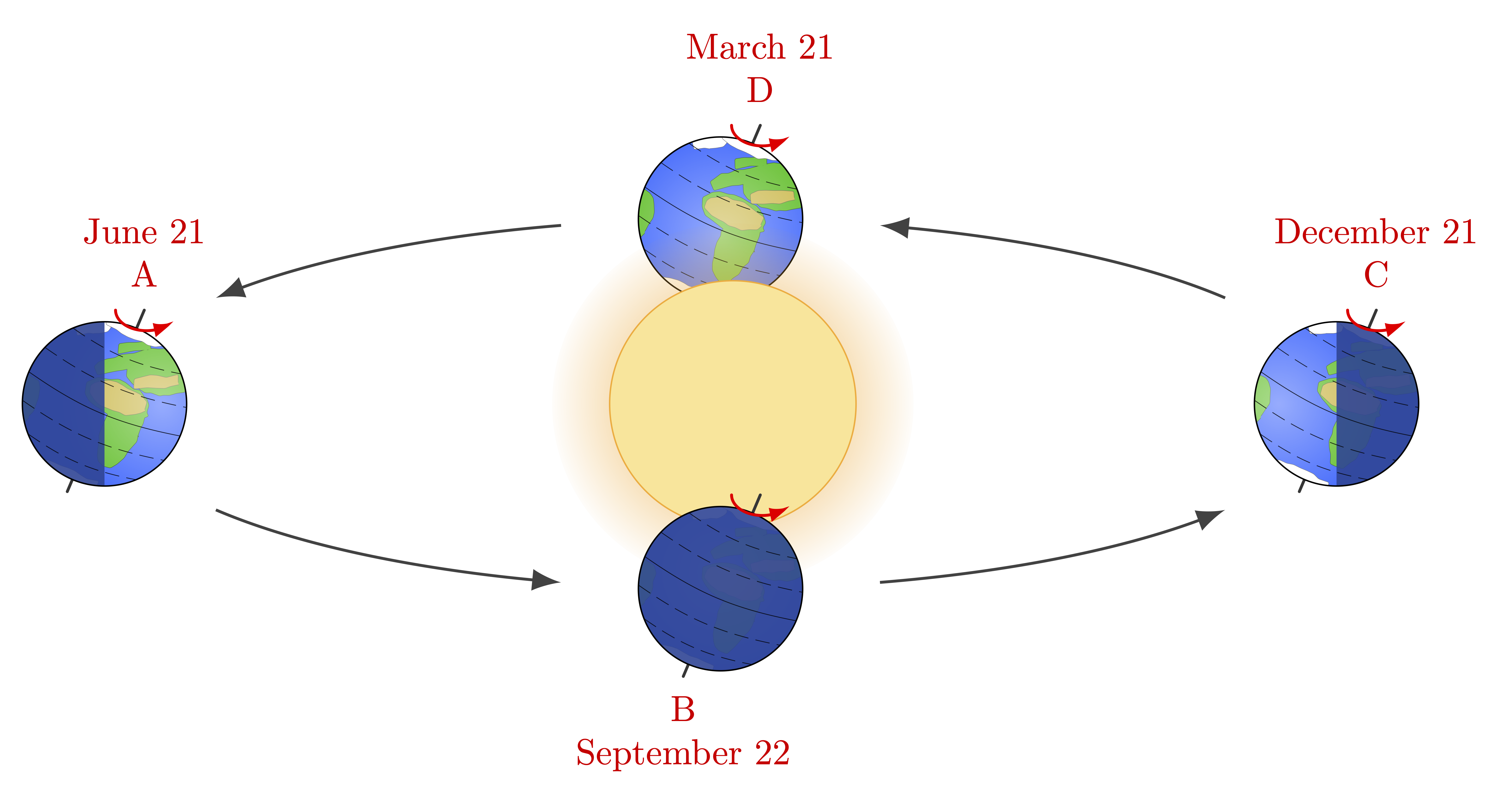
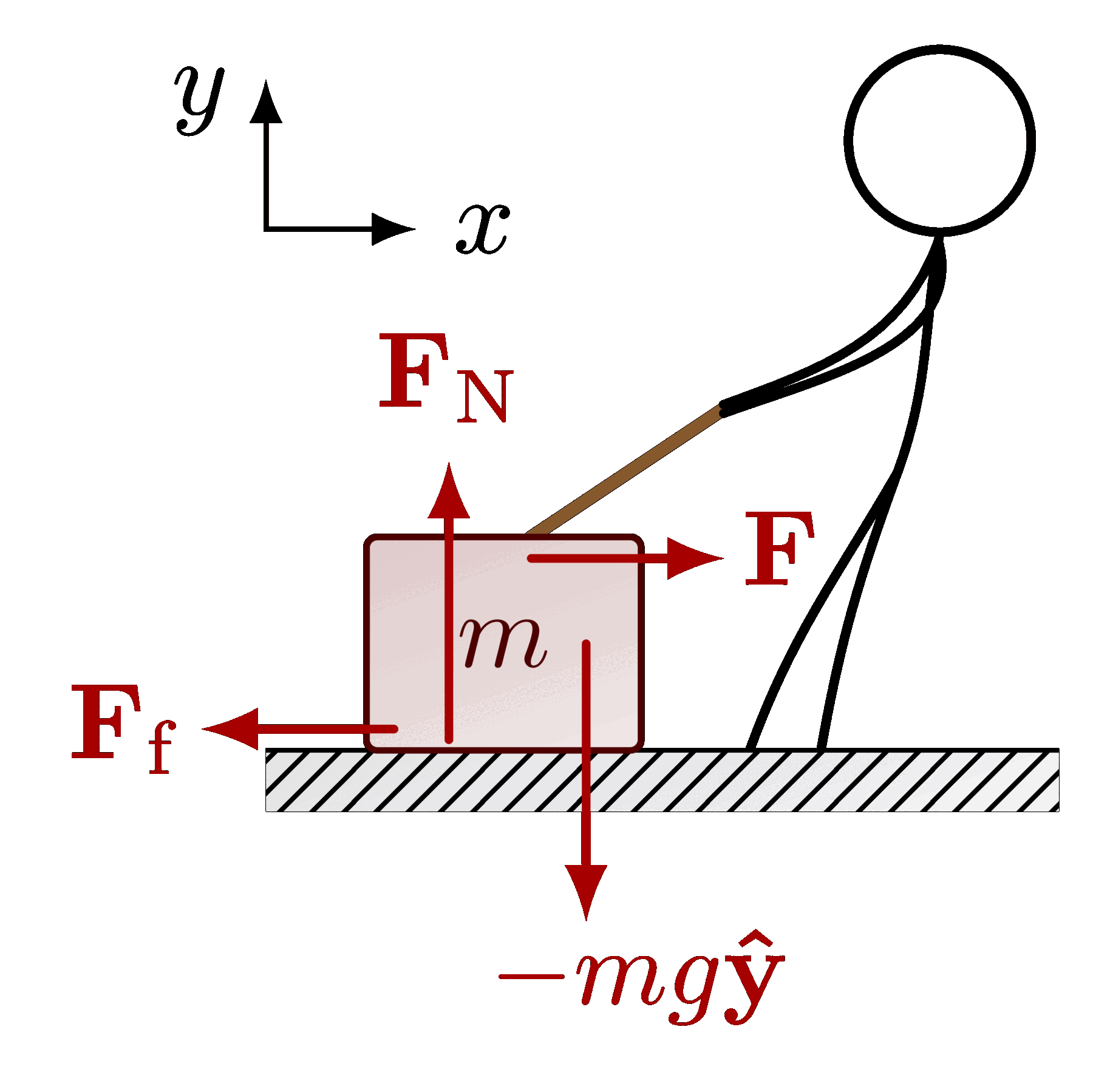
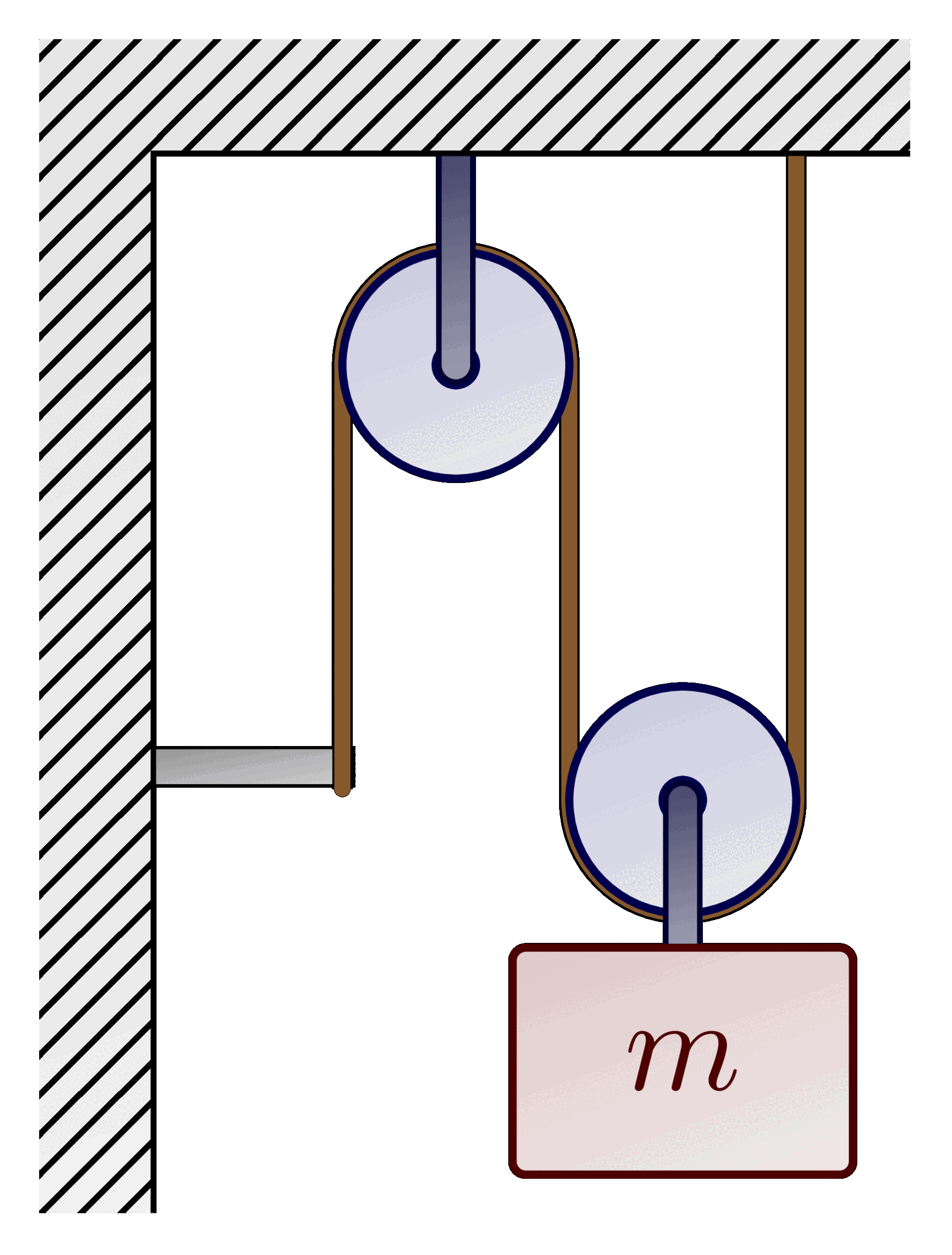

These are great! Thank you for making them!
Is there any way you could add the source code for these?
Thank you again!
Hi Tony,
It should be fixed now!
Thank you very much for reporting this. I accidentally broke the links to the media files a couple of weeks ago…
Cheers,
Izaak